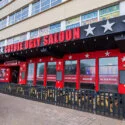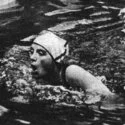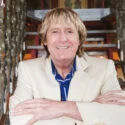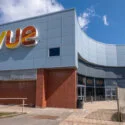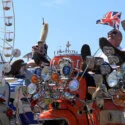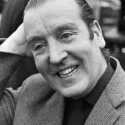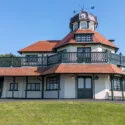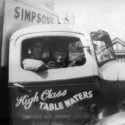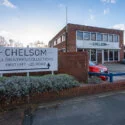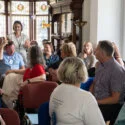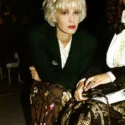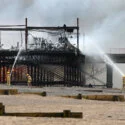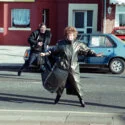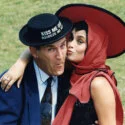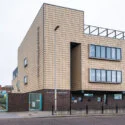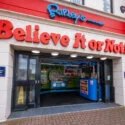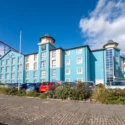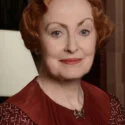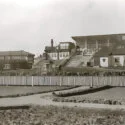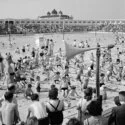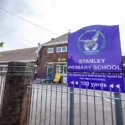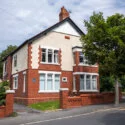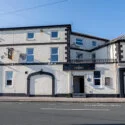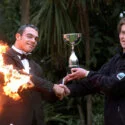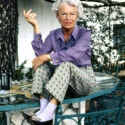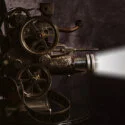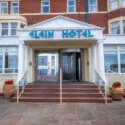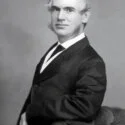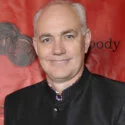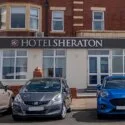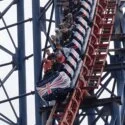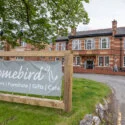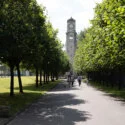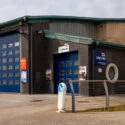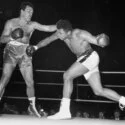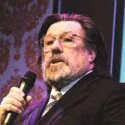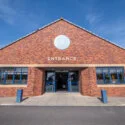Blackpool Greyhound Stadium was a greyhound track that closed down on 30 October 1964 with the site being sold for housing. It was called Stadium Avenue after being sold to builders for £80,000 and should not be confused with the Clifton Park Racecourse at Squires Gate, a short-lived track that was nearby to the south.
The stadium opened on the Saturday afternoon of 30 July 1927 in front of the 5,000 spectators. The six race card included one hurdle race with all races over the 500 yards distance, the first race was won by Carrow Boy at 3-1 odds in a time of 31.25 secs. The local press mistakenly advertised the meeting being at the Squires Gate racecourse instead of St Annes Road. The racing was initially held under National Greyhound Racing Club (NGRC) rules. Blackpool was to experience greyhound racing again from 1967 until 1988 on the flapping track at Borough Park.
Greyhound racing was introduced to Britain in 1926 and the newly formed company the British Greyhounds Sports Club (Blackpool) Ltd purchased land on the east side of St Annes Road, south of Highfield Road in order to construct a new greyhound stadium. The track switched to independent status (unaffiliated to a governing body) in 1929 after the company changed to the Blackpool Greyhound Racing and Sports Company Ltd. The Blackpool Borough Rugby league team played their fixtures at St Annes but Motorcycle Speedway never found its way here but did take place at the short lived Trotting Track at Highfield Road. The Blackpool owners who also controlled Hanley Greyhound Stadium in Stoke-in-Trent, branched out by taking greyhound racing to Craven Park, Barrow-in-Furness but the project only lasted the two summers of 1933 and 1934. After the war, St Annes was once again licensed under the jurisdiction of the NGRC. The Director of Racing was H.H.Carver and the Racing Manager was H.S.Long.
Despite the greyhound business boom of 1946, profits dropped the following year and with the growing population of Blackpool the greyhound stadium area was considered an ideal site for housing. Housing was constructed on Lostock Gardens that came right up to the back straight terracing and to the south at Ivy Avenue, where the housing (including John Lennon’s father’s house) came right up to the back of the race course’s home straight and main stand.
In addition, the Blackpool Trotting Track and Highfield Road Sports Club was built by Charles Smith who had also purchased land south of the Highfield Road and it would sit next door on the northeast side of the greyhound track.
The background image shows greyhounds being paraded around the track at Blackpool Greyhound Stadium c.1950
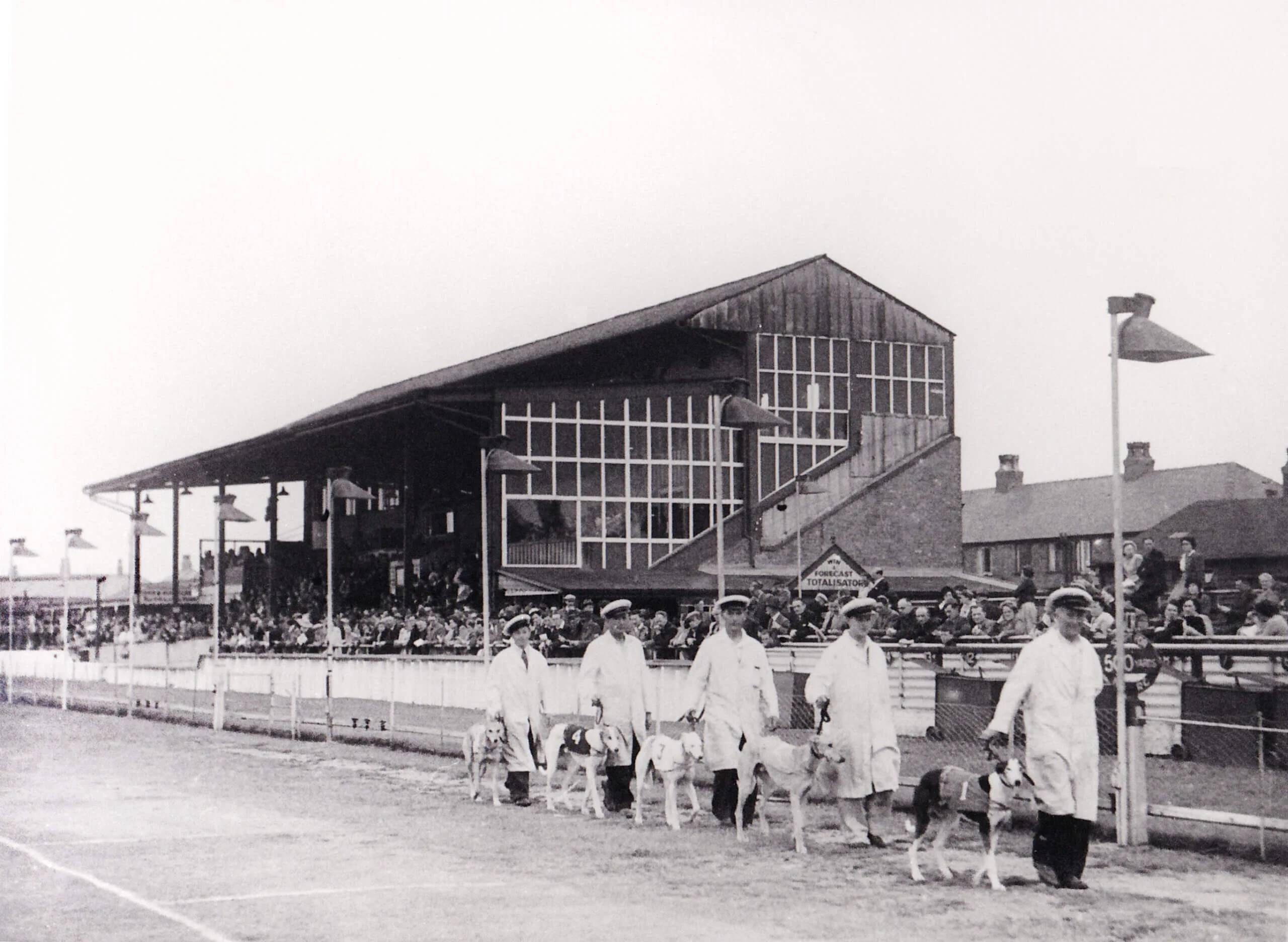

Background Image © RJRoweCollectionCC BY-SA 4.0

